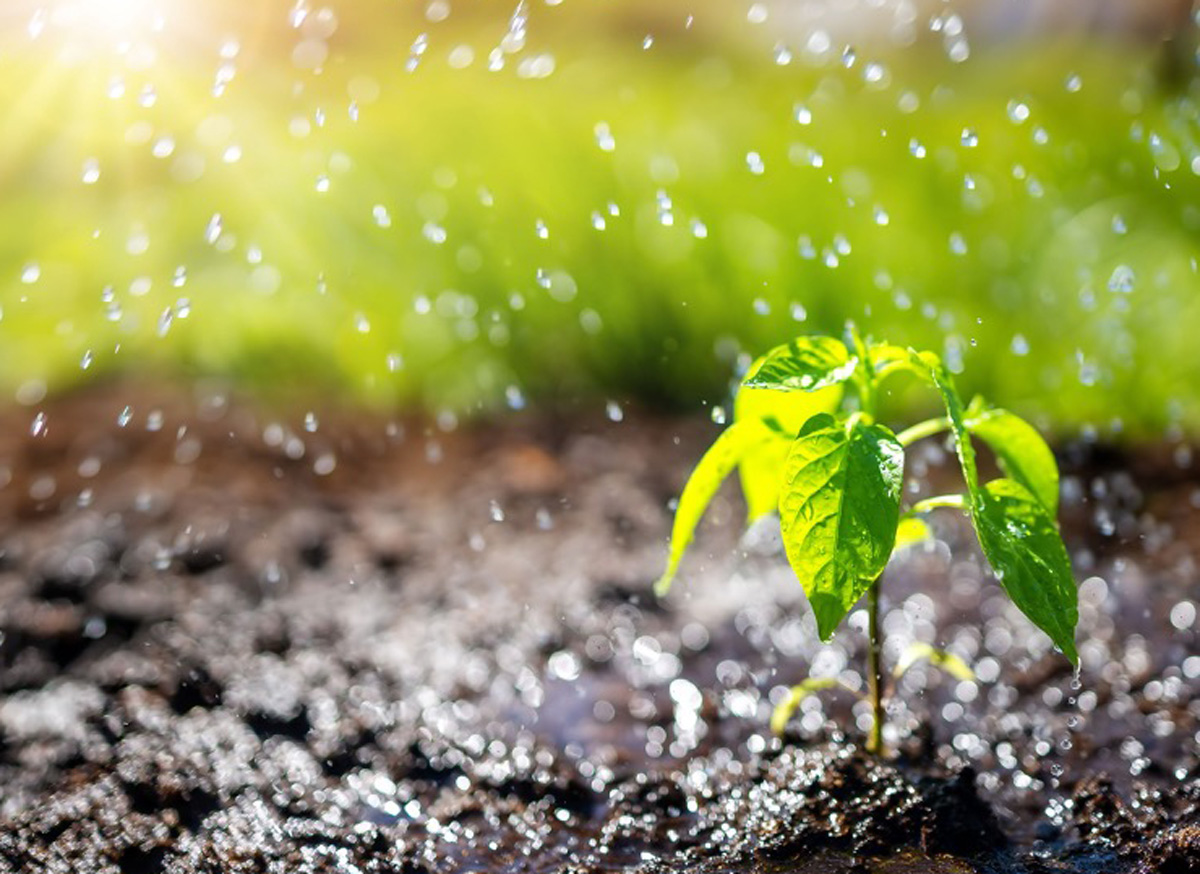If you were to take a survey of all the articles, promotions, funding announcements and the ever-increasing hubbub around the drive toward regenerative agriculture, you would undoubtedly believe that it’s “all in the soil”.
The truth is that, as fundamental as soil is to regenerative agriculture, it is WATER that is the unheralded key to the soil kingdom. And the differences between rainwater, types of rainwater; irrigation water and its types and qualities, are highly significant.
First, all rainwater is not alike. Storm clouds from the upper troposphere, known as cumulonimbus (“Cb”), are the most highly charged by lightning with oxygen and nitrogen, producing the best quality, low viscosity, soil penetrating, oxygenating and nitrogenating rainwater.
On the other hand, low rapidly moving clouds, especially closer to the coastline, have not been charged with tropospheric ozone, and are typically oxygen deficient, more saline, and can actually rob the soil of oxygen when it rains.
However, Mother Nature decides upon the rain’s quality, frequency, quantity, and delivery rate– all crucial variables in determining infiltration rates, and whether or not the benefits will accumulate. More on this shortly.
Second, most irrigation water is loaded with dissolved minerals, making the water “full” and therefore highly viscous and extremely difficult to infiltrate into the soil. At the same time, this hard, loaded water (often high in salts and fertilizers, with resulting “mineral oxygen demand”) can quickly reverse the beneficial effect of the rain by suppressing the microlife and extracting oxygen from the soil to oxidize the minerals.
Between rainfalls, the irrigated soil often sadly reverts to its original compacted, impenetrable, low SOC condition.
So, what to do?
The “magic formula” has actually been discovered, through 20 years of hard work, many of them in research and development, and years of trial and error, by Agriwater of South Africa. They have developed a highly effective and proven system that mimics how the highest agricultural-quality rainwater is produced, and delivers it through the irrigation system on an optimal schedule that is not typically available in nature.
AgriWater’s treatment process, christened the “Carbon Cascade Rainmaker”, creates, and injects a profusion of oxygen and nitrogen molecules into the irrigation water, and instantly oxidizes the dissolved minerals, regardless of the degree of saturation. This has a doubly beneficial effect that can even be said to surpass the benefits bestowed on the soil by the highest quality rainwater.
First, the oxidized minerals become bio-available, feeding the roots of the plants directly, in many cases reducing the need for added fertilizers.
Second, the pure, softened water, still loaded with residual oxygen and nitrogen molecules, infiltrates and aerates the soil, instantly stimulating the growth of any remaining microlife, beginning a rapid renaissance of the soil.
Finally, returning to the cumulative nature of the benefits: unlike the current harmful paradigm, the treated water perpetuates the infiltration and aeration cycle, and does not constantly interrupt the benefit of the intermittent rainfall rain by harming the soil with over-mineralized irrigation water. In fact, it lifts the soil into a virtuous cycle of steadily accumulating benefits, and rapidly builds soil organic carbon.
Crucially, the highly saline soils that plague agricultural productivity are rid of their salinity even faster– within days. These soils no longer thirst for and extract available oxygen. In their oxidized form they easily pass through the soil profile, which retains only as much as it needs for optimal health.
A key aspect of the technology, demonstrated in thousands of installed devices since final optimization 7 years ago, is that the beneficial effect on the soil is almost immediate. Within days, the soil becomes aerated and alive, enabling extremely rapid conversion to no-till planting, and setting in motion continuous improvement in soil microlife. The conversion to no-till regenerative farming can happen within a single growing season.
